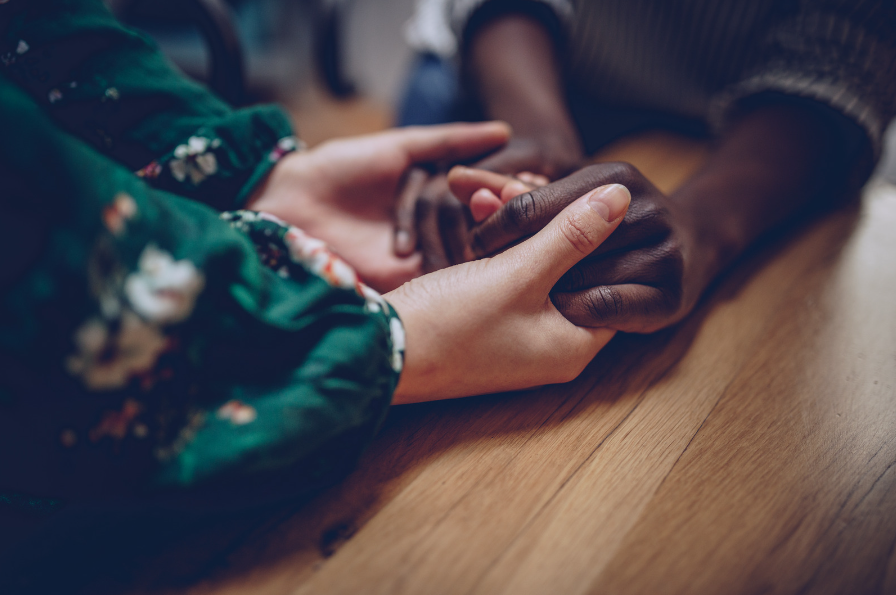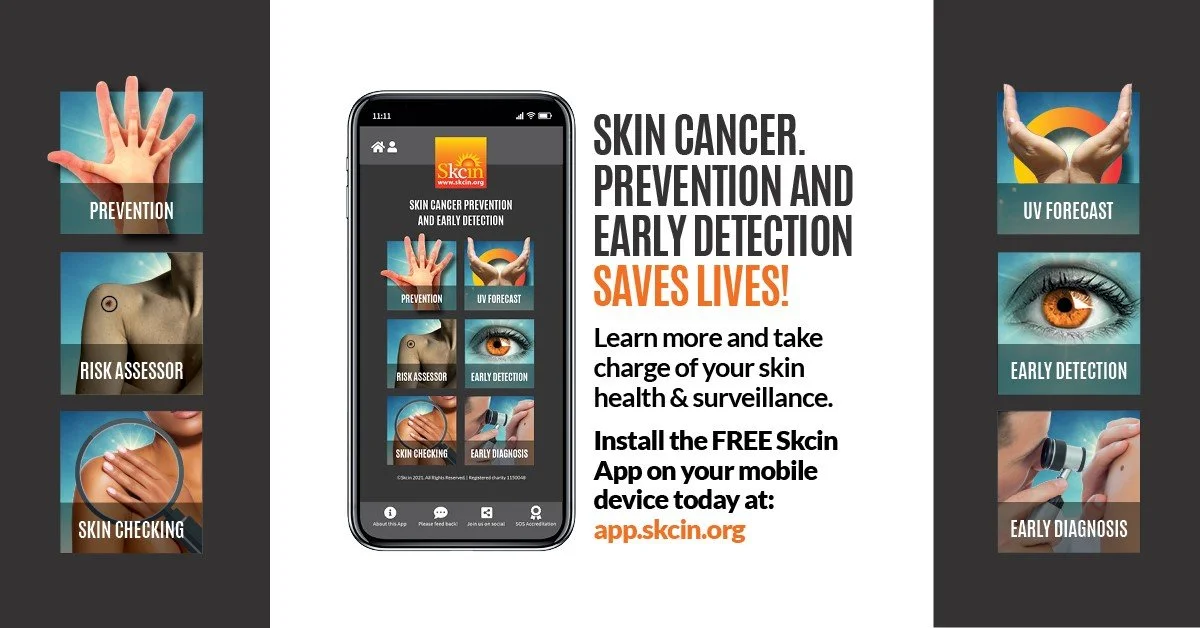
Skin Cancer
90% of skin cancer cases are preventable, and if detected, diagnosed and treated early, almost all cases are curable. To learn more about causes and risk factors, skin cancer types, signs and symptoms, and ways in which you can reduce your risk – our detailed advice and guidance will support you in taking charge of your skin health and surveillance.
What is Skin Cancer?
There are two usual types of skin cancer:
Non-melanoma
Non-melanoma skin cancers develop in the upper layer of your skin, usually on the areas which are most exposed to the sun such as your face, ears, hands, shoulders, upper chest, and back.
Non-melanoma skin cancer is more common and usually less serious than melanoma.
Melanoma
Melanoma is the less common type of skin cancer and starts in the cells that give skin its colour. In white skin it’s usually first visible as a new mole or an existing mole that has changed. However, in brown or black skin it can develop on feet or hands or under nails, or in the mouth.
Who can get skin cancer?
Skin cancer doesn’t discriminate between skin types or a person’s sex.
Checking for skin cancer
You’re encouraged to know your skin and be aware of any changes to moles and freckles. Watch this video to learn how to check your skin following the ABCDE method. Regular self-checking will allow you to notice even small changes which you can then monitor.
For more information on skin cancer download the Skcin App
The contents of this website are for informational purposes only. The content is not intended to be a substitute for professional medical advice, diagnosis, or treatment. Throughout this website are links to other websites which are not under the control of Droitwich, Ombersley & The Rurals Primary Care Network. We have no control over the nature, content and accuracy of these sites.


